Moscow Fashion Week diary — leave the politics out of it
It’s election month in Russia and the centre of Moscow is buzzing, but with all things fashion. You’d have to scour for any political messaging and even if you do, you won’t find any — neither in the city centre nor on the runways.
“We all know what’s going to happen” comes the answer any time I ask someone from the city about the lack of election activity. Going from Pakistan, where we wrapped up our own predictable yet unpredictable elections last month, the answer hardly gives me any pause. Locals themselves may not be very chatty about the Russian elections, set to take place from March 15 to 17, but the act of voting itself, given that 2024 is the year of elections, is something that at one point or the other makes its way into the discussions amid the delegates from all over the world who gathered for Moscow Fashion Week in the first week of March.
Designers, artists and journalists from India, Mexico, China, Nigeria, Indonesia, Costa Rica, Saudi Arabia, the UAE, Serbia, and other countries converged against the backdrop of the Kremlin at The Manege, the prime exhibition hall in central Moscow, across the luxurious Four Seasons Hotel Moscow that is modelled after the iconic Moskva hotel from the 1930s.
With politics pointedly out of sight, my agenda for some 80 hours in Moscow included a gala, fashion shows, presentations, fine dining and just soaking in the incredible architecture around the Red Square.
Day 1: The fashionable
Moscow Fashion Week had one clear aim: to promote local brands and aesthetics. And the gala dinner was where the designers and their ‘muses’ as well as Russian socialites were out on the red carpet in all their sartorial glory. “The idea is to have each designer with their muse at the event, because who better to represent their vision,” said the muse, who is also a social media personality, for Russian brand Beena seated next to me.

The red carpet featured everything from the usual suspects like tailored suits and fairytale-inspired gowns to the non-conforming accents like sequinned sneakers and poofy sleeves. True to the sights at fashion weeks, the attendees talked less, air-kissed more and selfies took priority over the scrumptious four-course meal.

In all fairness, the event wasn’t meant for conversations; under disco lights, a symphony band called Mad Mozart with its renditions of crowd-pleasers like ‘Bella Ciao’ and ‘Shape of You’ had the dancing lot up on their feet while the rest, like myself, sang along in between bites of a fine burrata and a finer risotto.
Day 2 & 3: The fashion
More than 120 designers came together for a “confluence of global talents and emerging markets”, amidst which the stars of the week were the Russian brands. According to the Russian Fashion Council, local brands have witnessed a surge of 10-15 per cent growth in the local fashion scene.

One contributor to this growth is that many international brands have pulled out of the country owing to the war in Ukraine. Luxury brands like Dior and Burberry have the lights on in their stores at GUM, the largest shopping centre in Russia and close to the Kremlin, but inside the shelves are empty. Some brands, many employing local staff, have been careful not to critique Russian President Vladimir Putin or label it a war in their public statements, and so a sign outside the boutiques simply reads: “The store is closed due to technical difficulties.”

The other reason for the rising popularity of local brands is Russian talent, which was proudly on display on the runways. While the jury selected a variety of brands from across the country, collections by brands from Moscow stood out for their clean silhouettes, wearability and the striking use of scarlet.
Among the notable mentions is Lesel, whose knits and oversized jackets — some plain, some with floral prints — could make for chic and casual wardrobe staples. The colour palette was grey, black, and some denim-blue, with a few pops of red.
Vassa&Co was another Moscow-based brand that had all-red ensembles amidst an otherwise monochrome collection. Anyone who means business, literally and figuratively, would want a few of their power suits and tailored coats.
Red was also part of Surovaya’s collection but it was the grunge take on the otherwise demure tweed that set it apart. Think Chanel meets Avril Lavigne from the early 2000s, throw in a few sharp vests and what’s not to like.
Away from the catwalks, the media was taken to the showroom of established designer Alena Akhmadullina, whose work is built around Slavic imagery and features fur coats, priced as luxuriously as $35,574. Akhmadullina, who has previously been covered by the likes of Vogue and Elle before the political disruptions, identifies as a Russian designer by heart and by soul, and refers to her pieces as “wearable pieces of art”.

One has to wonder, looking at the brand’s premium quality of work, how and if such artists can push their designs beyond borders when fashion is also clearly within the realm of political and military warfare.
Day 4: Food and theatrics
What is a fashion week without sampling some of the best food in the city? While it was still snowing in March in Moscow, the restaurants were full and warm, and brimming with fresh produce. The conversations over hot coffee and simply prepared meals, to let the ingredients shine, ranged from fashion industries back home, Russian offerings at the event, the cold in Moscow, and yes, elections. “It’s the year of the trolls,” said a Mexican-American filmmaker who was showcasing his work at the event.

For Karina Diaz Vargas, the chairperson and CEO of Costa Rica Fashion Week, the focus and future was sustainability. “Awareness of eco-friendly fashion — that’s what’s important,” said Vargas with a laugh as we discussed political awareness by way of campaigning.
As for the food, one of the highlights I’ll mention by name is the Conservatory Restaurant & Bar for the most sophisticated version of a Russian ‘Medovik’ honey cake I’ve ever had, with sour cream, berries and peach sorbet, and the sweeping views of the city from its terrace.


From the terrace, you could also see the grand Bolshoi Theatre, which stands out for its neoclassical architecture and history of opera and ballet.
Gilded plasterwork, crystal chandeliers, the use of velvet and Jacquard fabrics and tapestries, elaborate furniture and a plafond featuring Apollo’s muses are just some of the elements which qualify it as an example of “Imperial Russia’s glory”.

I, however, am choosing to spotlight this particular building from all the other architectural wonders of the city for two reasons: it is fashionable by nature and it is steeped in red.
Red in Russia is more than just a colour; up until the 20th century, the Russian word for red “krasni” was once synonymous with something beautiful, good or honourable. Today, “krasivi” is the modern Russian word for “beautiful”. Later, it came to represent communism and in Soviet mythology, red was considered to be the colour of the blood shed by the working class in their fight against capitalism. In 2021, Russians began to post pictures of themselves on social media wearing red clothes in support of Yulia Navalnaya, the wife of imprisoned Russian opposition leader Aleksei A Navalny who died in prison last month.

In fashion, it represents boldness, positivity and confidence. In the Bolshoi Theatre, it exudes opulence. The colour and its symbolism combines beauty and tragedy, and whether used as a style statement or political statement, it can’t really be left out of Russia’s culture.
Day 5: Do svidaniya!
Along with Russian brands, Moscow Fashion Week also promoted global ties by bringing together communities. “We want people who may not have met otherwise to get to know each other and network, and build relations for future collaborations,” said Elena, head of communications at the Russian Fashion Council. “It’s all fashion, no politics.”

She and I were talking at a private dinner hosted by the council for the reporters and editors who had come to attend from Asia, Europe, the Middle East, South America, and other parts of the world, representing emerging markets through their own apparel and accessories. For me, one of the best feelings while traveling is getting complimented for something ‘made in Pakistan’, and at fashion week, it made me beam with pride. The one thing that would have made it better, and which I hope to see in the future, is the inclusion of Pakistani brands on the runway schedule and in the showrooms.
As the air-kisses from day 1 turned to hugs on day 5 as we said our goodbyes, promises of seeing fashion from each other’s countries were made profusely — one can hope that politics will stay out of the way for us to honour our commitments.





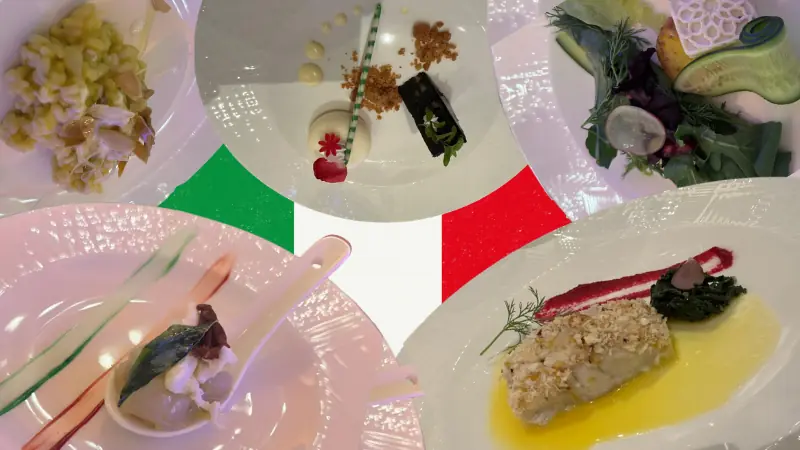
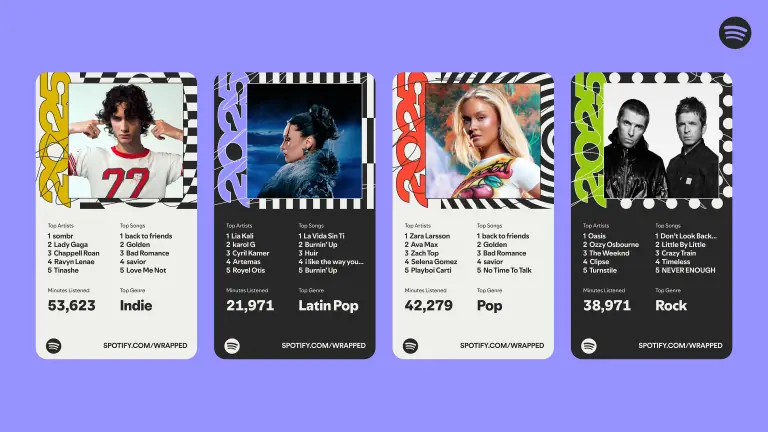
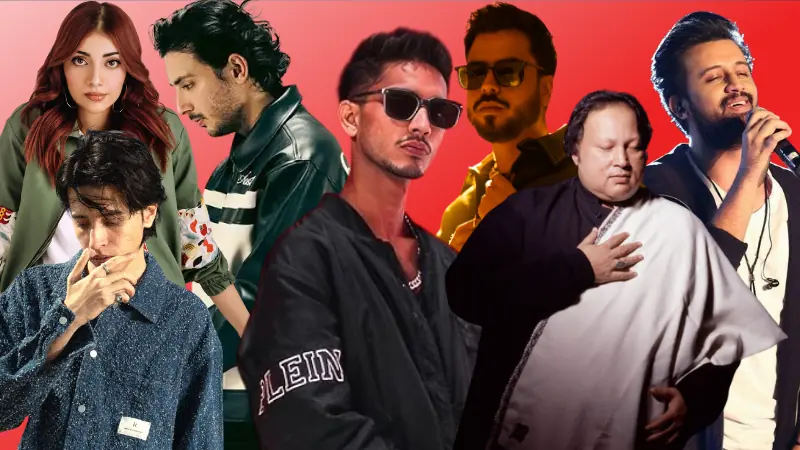
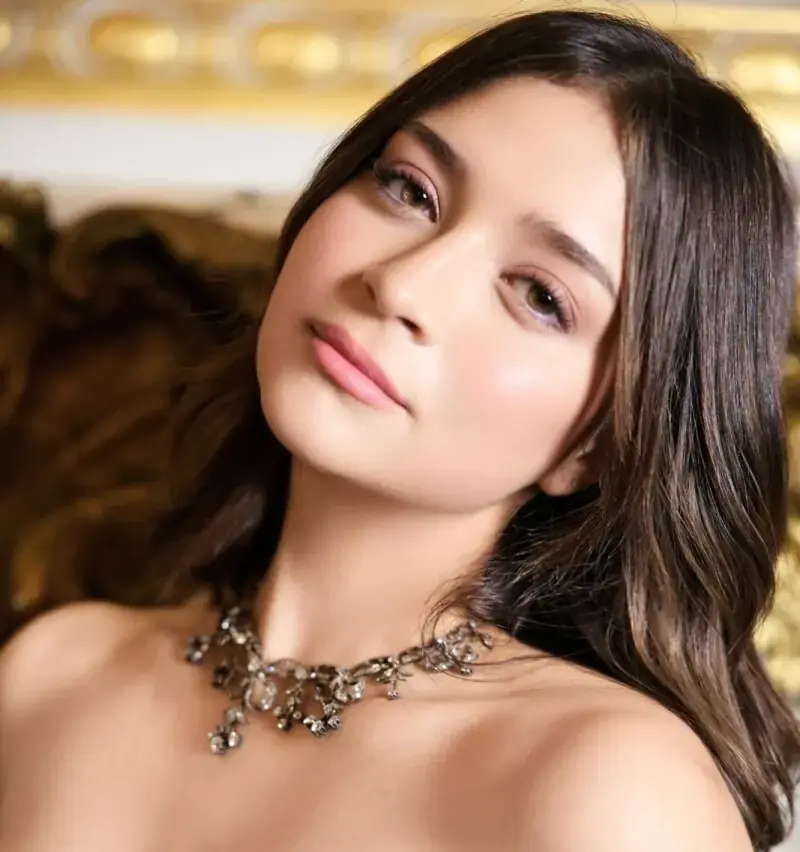
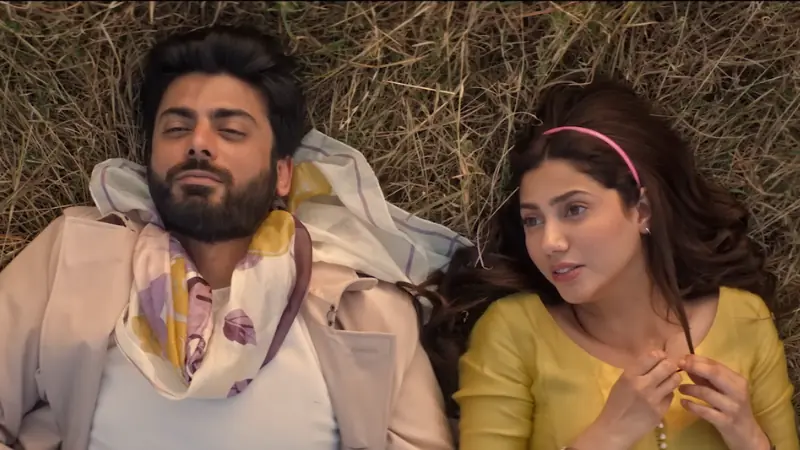


Comments